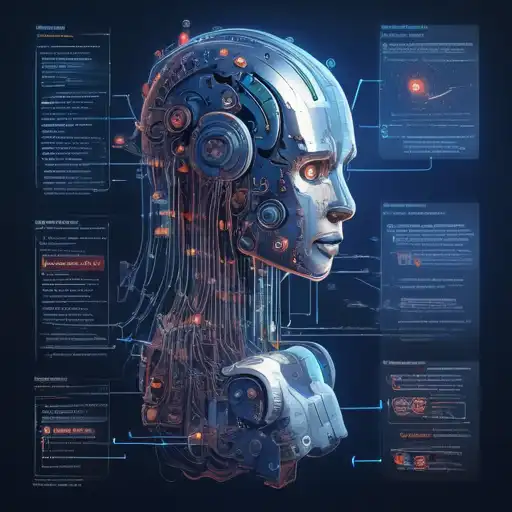Introduction to Machine Learning Algorithms
Machine learning algorithms are the backbone of artificial intelligence, enabling computers to learn from data and make decisions or predictions. For beginners, understanding these algorithms can seem daunting, but with the right approach, it's entirely achievable. This guide will walk you through the basics of machine learning algorithms, their types, and how they're applied in real-world scenarios.
Types of Machine Learning Algorithms
Machine learning algorithms can be broadly categorized into three types based on their learning style:
- Supervised Learning: Algorithms learn from labeled training data, making predictions or decisions based on that data.
- Unsupervised Learning: Algorithms identify patterns in data without any pre-existing labels.
- Reinforcement Learning: Algorithms learn by interacting with an environment, using feedback from their own actions and experiences.
Popular Machine Learning Algorithms Explained
Here's a closer look at some of the most popular machine learning algorithms:
- Linear Regression: A supervised learning algorithm used for predicting a continuous outcome based on one or more predictor variables.
- Decision Trees: These are used for both classification and regression tasks, modeling decisions and their possible consequences.
- K-Means Clustering: An unsupervised learning algorithm that groups data into k number of clusters based on feature similarity.
- Neural Networks: Inspired by the human brain, these algorithms are used for complex tasks like image and speech recognition.
How to Choose the Right Algorithm
Selecting the right machine learning algorithm depends on several factors, including the size and nature of your data, the problem you're trying to solve, and the computational resources available. It's often beneficial to experiment with multiple algorithms to see which one performs best for your specific needs.
Applications of Machine Learning Algorithms
Machine learning algorithms have a wide range of applications, from healthcare to finance. They're used for predictive modeling, natural language processing, and even in self-driving cars. Understanding these algorithms opens up a world of possibilities for solving complex problems.
Getting Started with Machine Learning
For beginners looking to dive into machine learning, starting with the basics is key. Focus on understanding the underlying principles of algorithms before moving on to more complex topics. There are plenty of resources available, including online courses and tutorials, to help you on your journey.
Machine learning is a rapidly evolving field, and staying updated with the latest trends and technologies is crucial. By mastering the basics of machine learning algorithms, you'll be well on your way to becoming proficient in this exciting area of technology.
